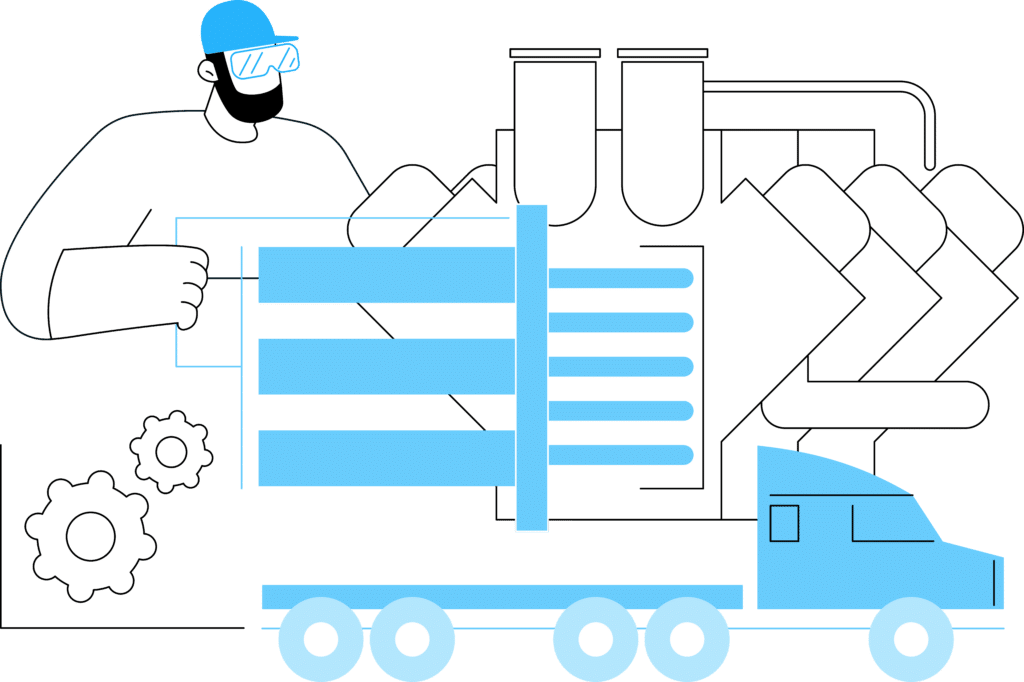Manufacturing compliance refers to the adherence to regulations and laws that apply to the manufacturing sector. These standards pertaining to environmental protection, health and safety, product quality, and performance can all be part of this process. Therefore, staying compliant is crucial for the businesses’ long-term success and sustainability.

Main steps to ensure compliance in the manufacturing sector
Regulations in the manufacturing sector are constantly evolving. It is a well-known fact that compliance with these regulations can be challenging and complex for many companies. To address this issue, we have created a guideline with key compliance steps for manufacturing companies to follow and effectively meet their obligations.1. Determine the applicable rules and regulations
Understanding which regulations and standards apply to your company’s operations is the first step in remaining compliant. These are all examples of regulations pertaining to the environment, health and safety, product safety and quality, labor and employment laws, and export and import regulations.2. Create and implement procedures and policies
To ensure manufacturing compliance, you should develop policies and procedures after identifying the relevant standards and regulations. Moreover, all employees should be informed of these policies and procedures. They should also be reviewed and updated regularly to ensure that they are current and influential.3. Provide training and education to employees
Employees play a crucial role in ensuring compliance in the manufacturing sector. Therefore, they must be provided with the education and training they require to comprehend their responsibilities and adhere to relevant standards and regulations. This might entail holding regular training sessions, handing out informational materials, and ensuring that employees are aware of who to talk to about questions or concerns.4. Observe and audit compliance
Monitoring and examining compliance regularly assists in determining areas for improvement and ensuring that your business is meeting its obligations. This could mean hiring an external auditor to review your company’s compliance efforts or conducting internal audits. Additionally, it is essential to keep track of and record regulatory efforts. Doing so can assist in demonstrating a dedication to manufacturing compliance and may be required for regulatory purposes.5. Create a strategy for non-compliance
There is always the possibility of non-compliance, regardless of how hard one tries. A method for dealing with and resolving it is essential. This might entail collaborating with regulators to find a solution to the problem, carrying out corrective measures, and taking steps to stop similar problems from happening again.









